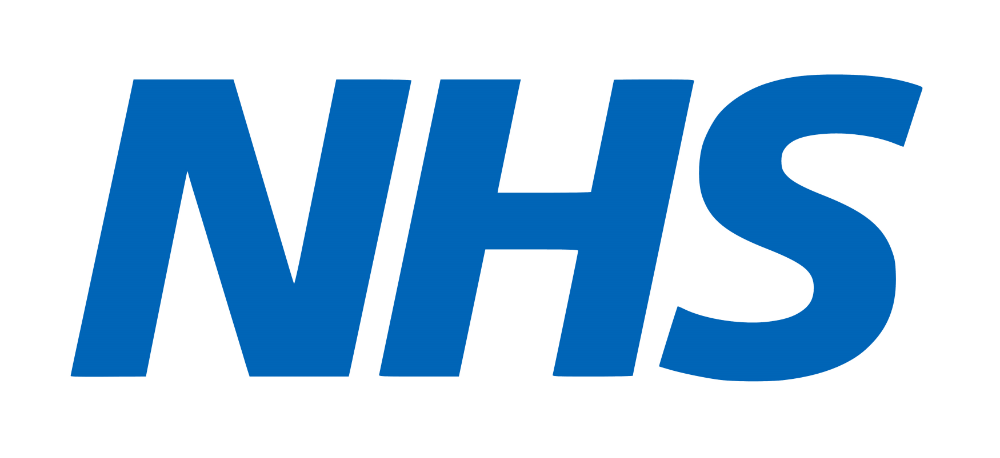Orthodontics
Orthodontic treatment is a way of straightening or moving teeth, to improve the appearance of the teeth and how they work. It can also help to look after the long-term health of your teeth, gums and jaw joints, by spreading the biting pressure over all your teeth. Treatment can improve the appearance of the teeth, but it can also lead to better chewing and speech function and help protect teeth from damage or decay, in some cases.
An orthodontist can carry out work that aims to achieve the following:
- closing wide gaps between the teeth
- aligning the tips of the teeth
- straightening crooked teeth
- improving speech or chewing ability
- boosting the long-term health of gums and teeth
- preventing long-term excessive wear or trauma of the teeth
- treating an improper bite
How Do You Know If You Need An Orthodontist?
If the jaws and teeth do not develop properly, malocclusion can result. The teeth will be crooked and misaligned, and the bottom and top sets of teeth may not line up.
Malocclusion is not a disease and it does not affect physical health. It is a variation in the position of teeth. However, it may impact the shape of the face and the appearance of the teeth, resulting in embarrassment, a lack of self-confidence, and even depression. Reasons include injury to the teeth or facial bones and frequent thumb or finger sucking, among others. A severe malocclusion may affect eating, speech, and keeping the teeth clean.
Orthodontic treatment can help treat or improve the following:
- Protruding front teeth
- Crowding
- Impacted teeth
- Asymmetrical teeth
- Deep bite, or overbite
- Reverse bite
- Open bite
- Underbite
- Crossbite
- Spacing
- An orthodontist can also help solve problems such as the grinding or clenching of teeth and clicking or moving of the jaw.
Invisalign (Invisible Braces) Treatment
Invasalign straighten teeth without causing too much attention to your teeth. Most of the people using this kind of braces are celebrities. These are removable, comfortable for use and custom-made.

